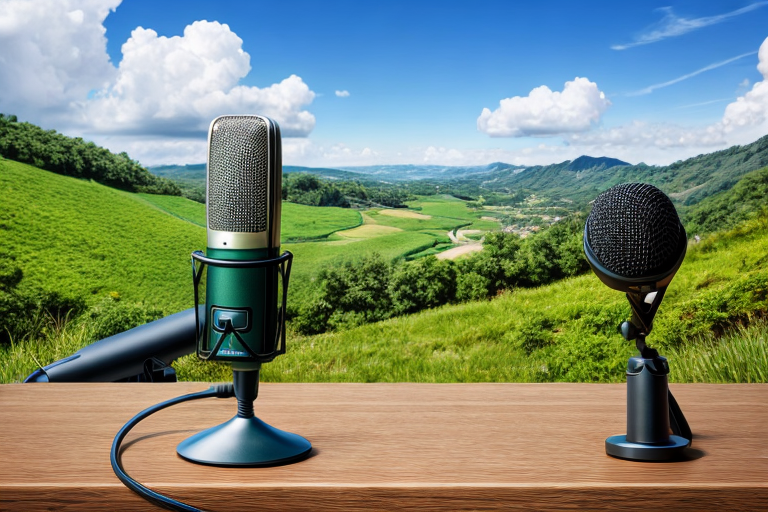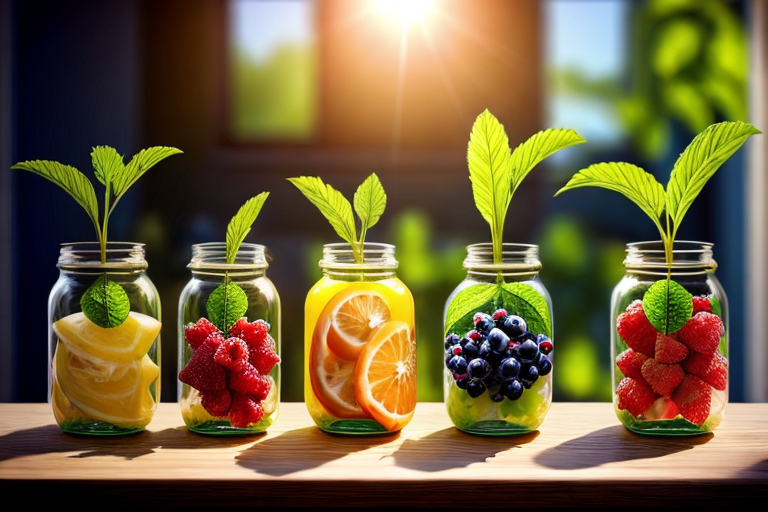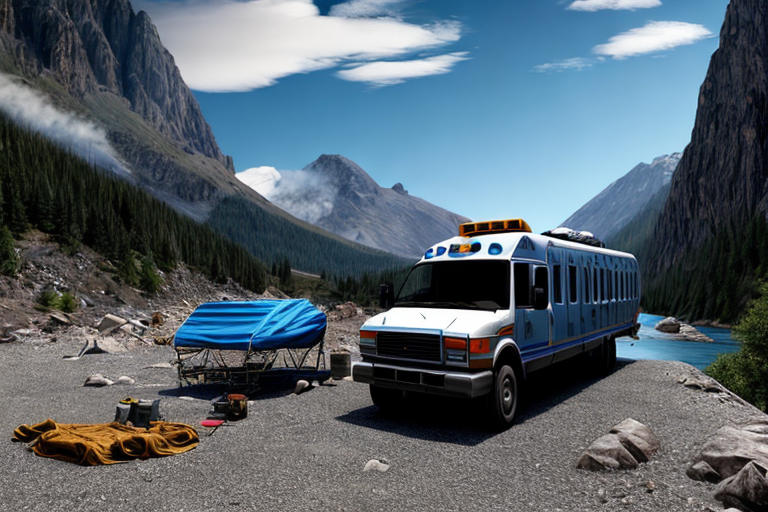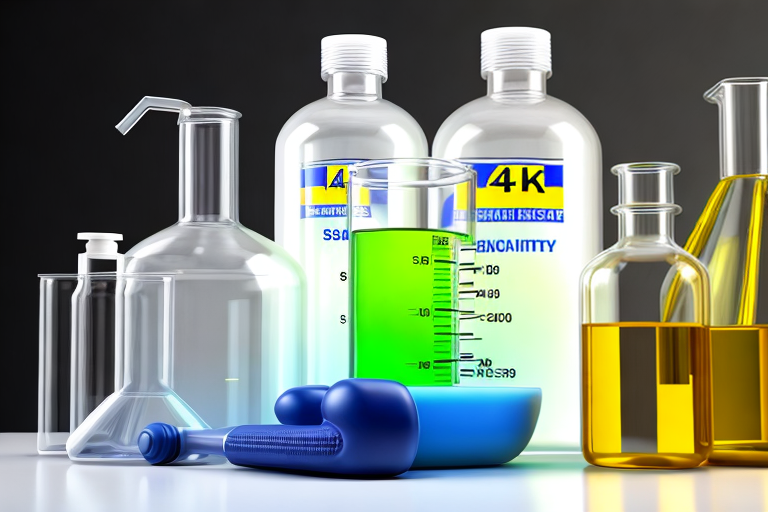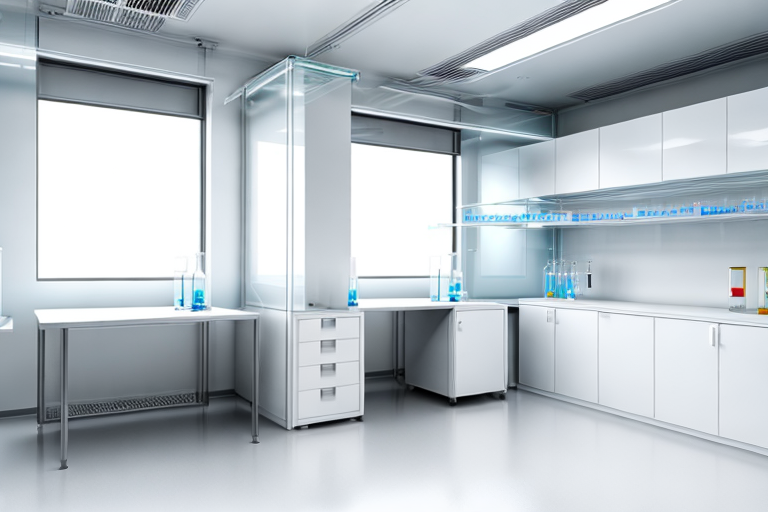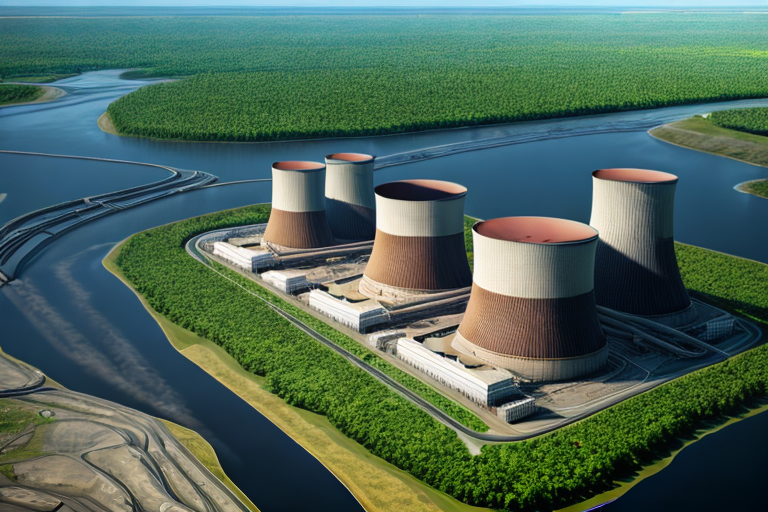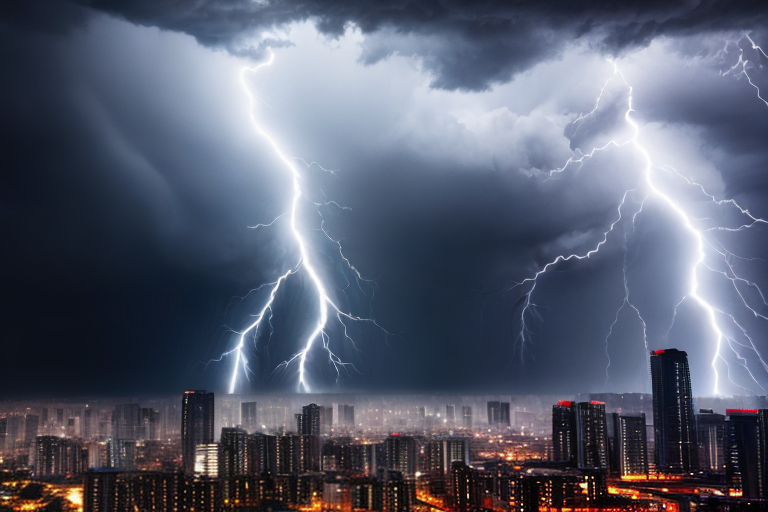
Long-term food storage is essential for emergencies, but its not just about stockpiling food. The longevity and quality of stored food should be your top priority.
To prevent spoilage and insect infestations, make sure your storage area is cool, dry, and dark.
Airtight containers or vacuum-sealed bags will further protect your food from moisture and pests.
its important to rotate your food stock regularly. Check expiration dates and consume older items first, replacing them with fresh supplies.
This practice guarantees that you always have a supply of fresh and safe food available during emergencies.
Remember, long-term food storage is only one part of emergency preparedness.
Water storage is equally important.
To ensure you have a sufficient supply of clean water, store it in sturdy containers away from direct sunlight and replace it every six months.
By following these guidelines, you can be well-prepared for any unexpected situation.
Click here to learn more Survival Tips from Pro Outdoor Survival
Basics of Food and Water Storage
And dry location, away from direct sunlight and extreme temperatures. This helps to prevent spoilage and extend the shelf life of your long-term food storage.
Water storage is equally important in emergency preparedness.
It is recommended to have at least one gallon of water per person, per day for a minimum of three days.
This includes water for drinking, cooking, and personal hygiene needs. There are various options for water storage, such as bottled water, water jugs, or water barrels.
its essential to regularly check and rotate your water supply to ensure its freshness.
Food and water storage are essential components of emergency preparedness.
It is necessary to choose the right types of long-lasting foods and store them properly to maintain their quality and nutritional value.
Likewise, having an adequate supply of water is crucial for survival during times of crisis. By following these guidelines, you can ensure your long term survival by having disaster preparedness and survivalist supplies, including emergency food kits, emergency water supply, long lasting food, and water storage containers.
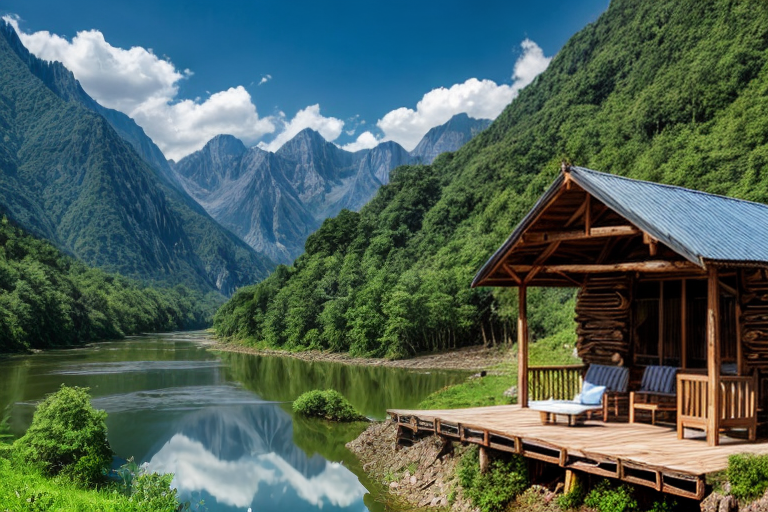
Proper Storage for Emergency Preparedness
When it comes to emergency planning and ensuring long-term sustainability, proper storage of food and water is crucial for securing your food and water supply. Our business understands the importance of emergency preparedness, and we prioritize the storage of essential supplies.
In addition to stocking up on non-perishable food items, its important to invest in reliable storage systems that can help extend the shelf life of your supplies.
Our team also recommends filtering methods like water filters or purification tablets to maintain a clean water supply during emergencies.
Lastly, having a well-organized emergency pantry that includes essential survival containers is essential for long-term survival.
| Proper Storage of Food and Water | Others Approach |
|---|---|
| Importance of emergency preparedness | Less emphasis on emergency planning |
| Investing in reliable storage systems | Lack of investment in storage solutions |
| Recommendation of water filters and purification tablets | No recommendation for water filtration |
| Well-organized emergency pantry with essential survival containers | Lack of emphasis on organization and essential containers |
Best Containers for Long Term Storage
When it comes to storing items for an extended period of time, selecting the best containers is crucial to ensure preservation and safety. One important consideration is the material of the container.
Opt for high-quality containers made of food-grade plastic or glass, as these materials are durable and safe.
These containers are ideal for bulk storage, as well as for creating a self-reliance system for sustainable living.
In addition, it is essential to choose containers that are airtight and leak-proof. These qualities prevent moisture and air from compromising the integrity of your stored items.
When it comes to essential supplies like your stockpile, its important to keep them fresh and uncontaminated.
The size and shape of the containers are also important factors to consider.
Depending on what you are storing, you may need containers of varying sizes or shapes.
Ensuring Water Safety and Purification
Regularly testing the quality of water is of utmost importance to ensure the effectiveness of purification methods and the safety of consumption. When it comes to emergency preparedness kits and self-sufficient living, water storage plays a vital role.
Having a reliable and sustainable source of clean water is crucial during uncertain times.
Along with emergency provisions, it is essential to consider proper food storage techniques.
Implementing water preservation methods guarantees a long-lasting supply of safe drinking water. By taking a proactive approach to water safety and purification, we can ensure the well-being and health of ourselves and our loved one’s.
Water Safety and Purification
- Regular testing of water quality ensures the effectiveness of purification methods and the safety of consumption.
- Proper water storage plays a vital role in emergency preparedness kits and self-sufficient living.
- Implementing water preservation methods guarantees a long-lasting supply of safe drinking water.
- Taking a proactive approach to water safety and purification ensures the well-being and health of ourselves and our loved one’s.
Essential Supplies for Food and Water Storage
When it comes to emergency preparedness, it is crucial to have essential supplies for long-term sustenance and hydration. While non-perishable items such as canned goods, dried fruits, and freeze-dried meals provide convenience and essential nutrients during emergencies, it is also important to stock up on staple items like rice, pasta, and beans.
These items have a long shelf life and can be stored for extended periods.
Water storage is equally important, and it is recommended to have at least one gallon of water per person per day.
To ensure a safe water supply, it is advisable to utilize food-grade containers designed for prolonged storage and include methods of water purification, such as tablets or a filter, in your emergency kit. It is essential to consider other supplies, such as survival gear, emergency food and water storage, Long Term survival food, preparedness supplies, water treatment, emergency food storage containers, Long Term disaster preparedness, Long Term water purification, survival supplies, and equipment, including a manual can opener, disposable plates and utensils, a camping stove or portable grill, and fuel.
Creating a Sustainable Stockpile for Emergencies
Are you prepared for emergencies? Creating a sustainable stockpile is essential for ensuring the well-being of you and your family during uncertain times. By focusing on preserving food for extended periods, storing water effectively, and ensuring a reliable supply, you can eliminate the need to rely on external sources.
When building your reserve, choose non-perishable goods that can withstand extended periods without refrigeration or electricity.
Canned goods, dried fruits, and dehydrated meals are excellent options.
Establishing a well-prepared pantry will provide for your basic needs, guaranteeing your familys safety and security.
Emergency Preparedness
- Preserving food for extended periods is crucial during emergencies.
- Storing water effectively ensures a reliable supply during uncertain times.
- Choosing non-perishable goods that can withstand extended periods without refrigeration or electricity is essential for building a sustainable stockpile.
- Establishing a well-prepared pantry guarantees the basic needs and safety of your family.
Key Considerations for Managing Stockpile
When it comes to managing stockpiles, there are a few crucial factors to keep in mind. Whether you are storing disaster food supplies, purifying water for emergency use, or organizing your efforts for long-term preservation, strategic planning is key.
Here are some additional points to consider when managing your stockpile:
Sustainable living: its essential to focus on sustainable practices when it comes to stockpiling.
Invest in survival food kits and water supply systems that have a long shelf life and can sustain you during extended periods of uncertainty.
Regular evaluation: Be sure to inspect your stockpile on a regular basis. Check for any signs of spoilage or deterioration, and replace any expired items promptly.
This way, you can ensure that your supplies are always fresh and reliable when you need them most.
Storage variety: Emergency food and water storage containers are essential for long-term sustainable living and should be included in your disaster food storage and emergency preparedness supplies.
Maintaining Quality and Viability of Stored Food and Water
Maintaining the quality and viability of stored food and water is of utmost importance for any business or brand. One crucial factor to consider in this regard is the use of proper containers for extended storage.
Investing in high-quality containers designed specifically for long-term storage ensures the freshness and safety of your supplies.
These containers are designed to keep out moisture, air, and pests, effectively preventing contamination and preserving the viability of your provisions.
Utilizing storage containers specifically designed for long-term use allows for convenient organization and accessibility of your stockpile.
By investing in these storage solutions, businesses can have peace of mind, knowing that their emergency provisions are secure and fully prepared for any situation.
Emergency Water Purification Methods
Stockpiling Emergency Supplies Be Prepared Now






